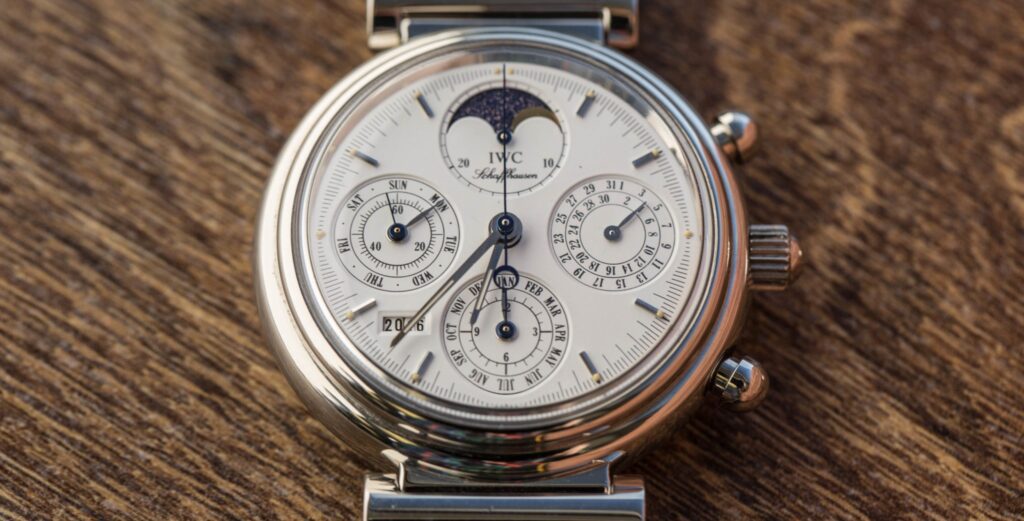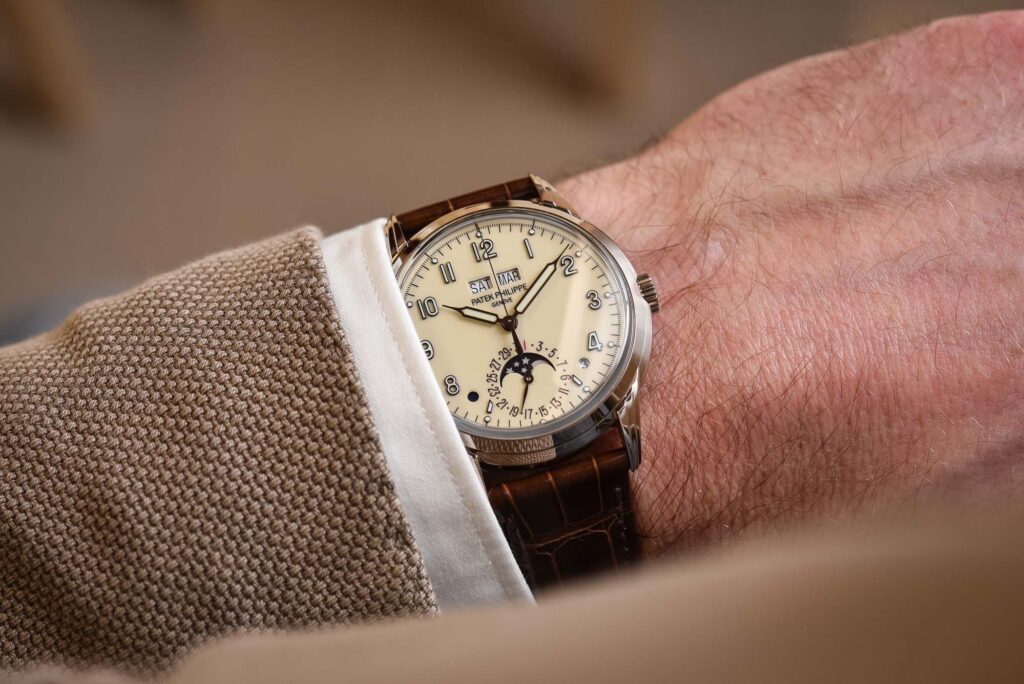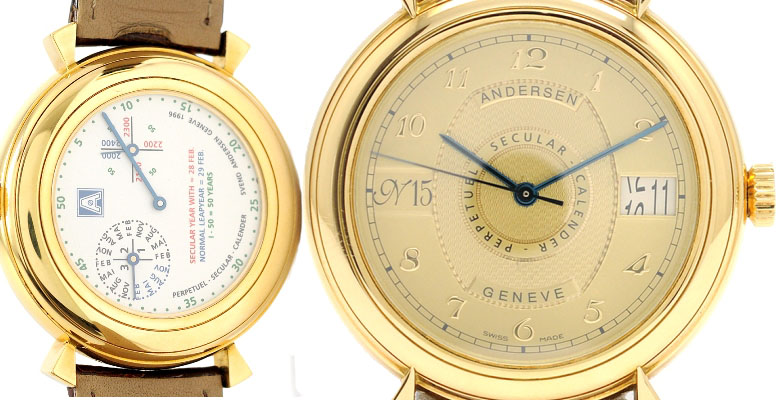What is a Perpetual Calendar?

Watch complications come in varying degrees of complexity and utility. One particularly handy one—in terms of tracking the date—is the perpetual calendar. Originally used outside of horology, many perpetual calendars were/are date tables drawn/built into simple devices to aid in looking ahead through time. Essentially, these tables and devices are designed to track plethora months or years on the fly, without having to frequently rewrite calendars. The same principle applies to watch-based perpetual calendars. However, where most older perpetual calendars were handy up to perhaps 50-or-so years—the modern wristwatch version of these calendars can span up to multiple centuries. With gear trains that tick as frequently as every second, up to years, their complexity is one of the more industrious inventions in horology.
Wristwatch perpetual calendars function on a level of automation that took ages of discovery and invention to achieve. With a history that dates back to ancient days, perpetual calendars in timekeeping go all-the-way back to old astronomical tower clocks from the 16th and 17th centuries. Perpetual calendars that date further back than these clocks were typically based off of Julian calendars—from the time of Caesar—which were off of the solar year by 11 minutes. By the 16th century, Pope Gregory XIII introduced the Western world to his “Gregorian” calendar—which is the monthly calendar virtually everyone follows to this day.

Perpetual calendars didn’t start making their way to wristwatches until the 1930s—when famed complex-watch making brand Patek Philippe began introducing them to the public. By the early 1940s, Patek Pilippe started full production on perpetual calendar wristwatches. In that vein, Swiss watchmaker IWC (International Watch Company) brought a key innovation to the table to the perpetual calendar wristwatch complication. Up until their 1985 release of their Da Vinci Perpetual Calendar, perpetual calendars required a special gear (corrector) to account for when the watch wasn’t being wound. With the Da Vinci, IWC made the perpetual calendar adjustable on the crown. This has become the standard since then, on both mechanical and quartz perpetual calendar movements.
As it stands, modern wristwatch perpetual calendars only have to be adjusted once a century, minus a few years. The first reset comes in the year 2100, then—with more complex watches—2200, followed by January 1st, 2300. Once the year 2400 hits, however, the watch will not have to be adjusted due to the way the calendar months line up with the year. This will all go smoothly—assuming the watch continues to stay wound and maintained, of course.

Speaking on complexity: There are some comparable and constrast calendar complications that are akin to the perpetual calendar. Firstly, a simple calendar has to be reset any time the month is less than 31 days—because they stay on a fixed number of days throughout the year. As another variation, annual calendars have a similar function to perpetual calendars, but still have to be set for the leap year. These complications can be a nice alternative when shopping prices for timepieces. The longest lasting of perpetual calendars is the secular perpetual calendar—which is a complication that self-adjusts for the longest periods of time (see the above paragraph). Many mechanical perpetual calendar devices are still designed today—primarily as a novelty—outside of watchmaking. Historically, sailors and travelers used to use these calendars while navigating the globe for extended periods of time, to avoid less reliable methods. In terms of legacy, mathematically sound calculations have helped with keeping time manageable and safe for human exploration/education for ages. Ancient algorithms for date and timekeeping lead to the logical functions of computational devices—from modern calculators to smartphones and beyond. Therefore, whether you’re keeping the date on your wrist, with weights and measures, mathematical tables, or with a calendar covered in your favorite pictures, you’re a part of an astronomical and mathematical tradition that has given our species a sense of time and purpose for quite some time. When shopping watch complications, check out perpetual calendar watches. Their automated date-keeping makes counting the days simple and lasting—with regular maintenance and care.
Times Ticking has been in operation for more than 30 years, since 1982. We have performed watch repair for customers both locally and internationally. If it Ticks! We KNOW it! Our team of watch repair technicians have a combined experience in watchmaking of over 120 years.

